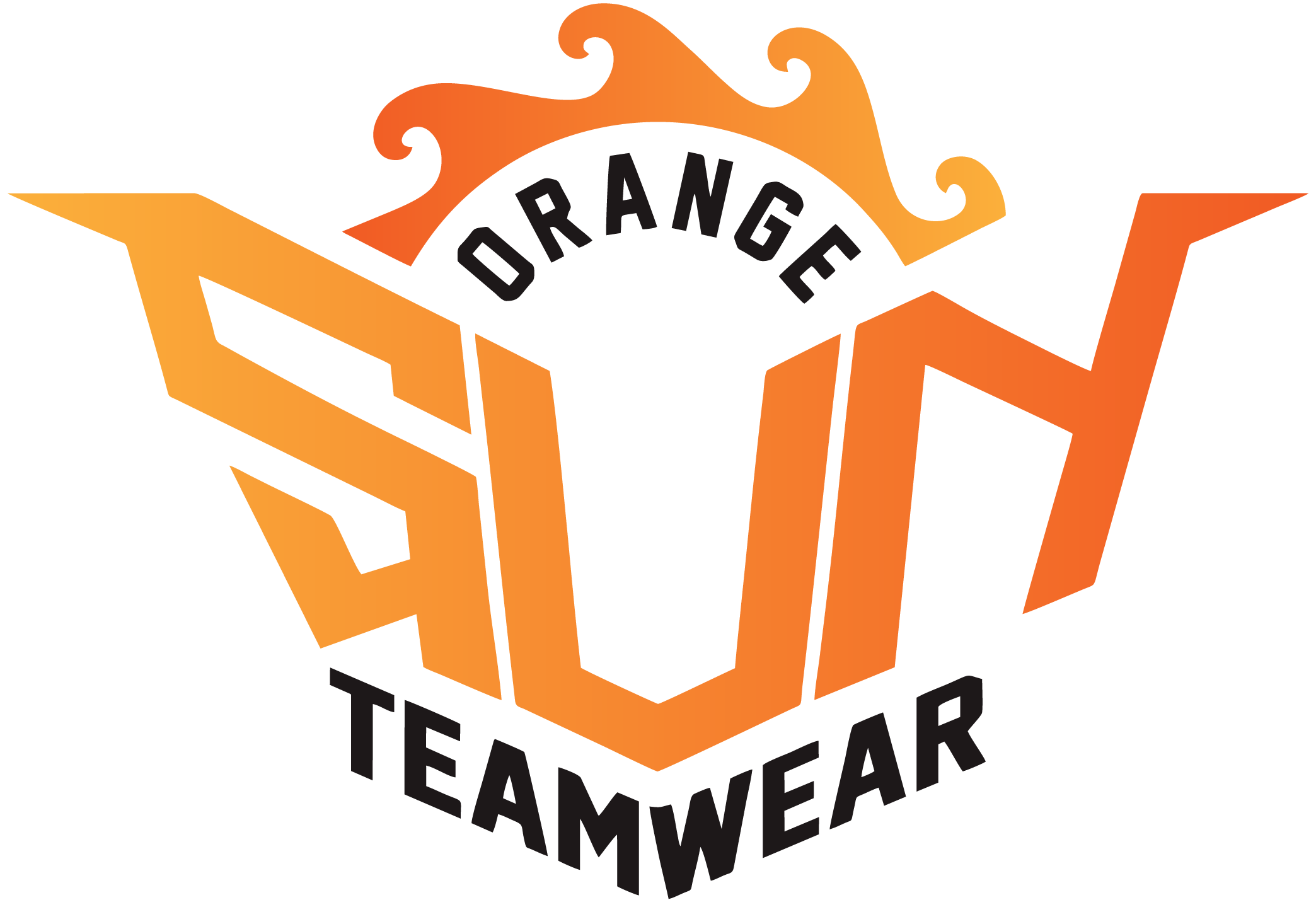Screenprinting
Screen printing is most commonly used for t-shirts, garments and other fabrics, but it is also used on all sorts of other substrates ranging from plastic to metal. Although small and intricate details can be captured, this technique is ideally suited for bold graphic designs. When a design is going to be printed on darker items, a base print may be required to ensure that the colors maintain their vivacity. A base color (usually white) is applied wherever the final print is desired; it is then flash-cured and the subsequent colors are printed on top. This flash-curing technique adds another step to the process, but ensures strong prints on dark or even black materials. If more colors are desired in the final design, the process is repeated with different screens. A design that requires four different colors would, therefore, require four different screens. There are some tricks to make new shades and/or colors from halftone percentages.
DTG
Direct to garment printing, also known as DTG, is a process of printing on textiles and garments using specialized ink jet technology. The two key requirements of a DTG printer are a transport mechanism for the garment and specialty inks (ink jet textile inks) that are applied to the textile directly and are absorbed by the fibers. DTG is a viable solution for low-quantity orders, especially if there are multiple designs or very complicated designs, that would otherwise require numerous screens with screen printing. OST uses top of the line Epson printers in conjunction with Pearl pretreaters to provide a vivid, consistent print. DTG works best on cotton substrates.
Embroidery
Embroidery is the handicraft of decorating fabric or other materials with needle and thread or yarn. Items that benefit most from this process are caps, hats, coats, blankets, dress shirts, denim, and golf shirts. An interesting characteristic of embroidery is that the basic techniques or stitches on surviving examples of the earliest embroidery—chain stitch, buttonhole or blanket stitch, running stitch, satin stitch, cross stitch—remain the fundamental techniques of hand embroidery today. Much contemporary embroidery is stitched with a computerized embroidery machine using patterns “digitized” with embroidery software. In machine embroidery, different types of “fills” add texture and design to the finished work. Machine embroidery is used to add logos and monograms to business shirts or jackets, gifts, and team apparel as well as to decorate household linens, draperies, and decorator fabrics that mimic the elaborate hand embroidery of the past. OST uses the latest Amaya machines, using the finest rayon or polyester threads available in a plethora of colors.
HTV
Heat transfer vinyl is a specialty vinyl material that is used to decorate or personalize T-shirts, garments, and other fabric items. HTV contains a heat-activated adhesive backing, which allows the vinyl to permanently transfer to your garment when heat pressed with sufficient time, temperature, and pressure.
